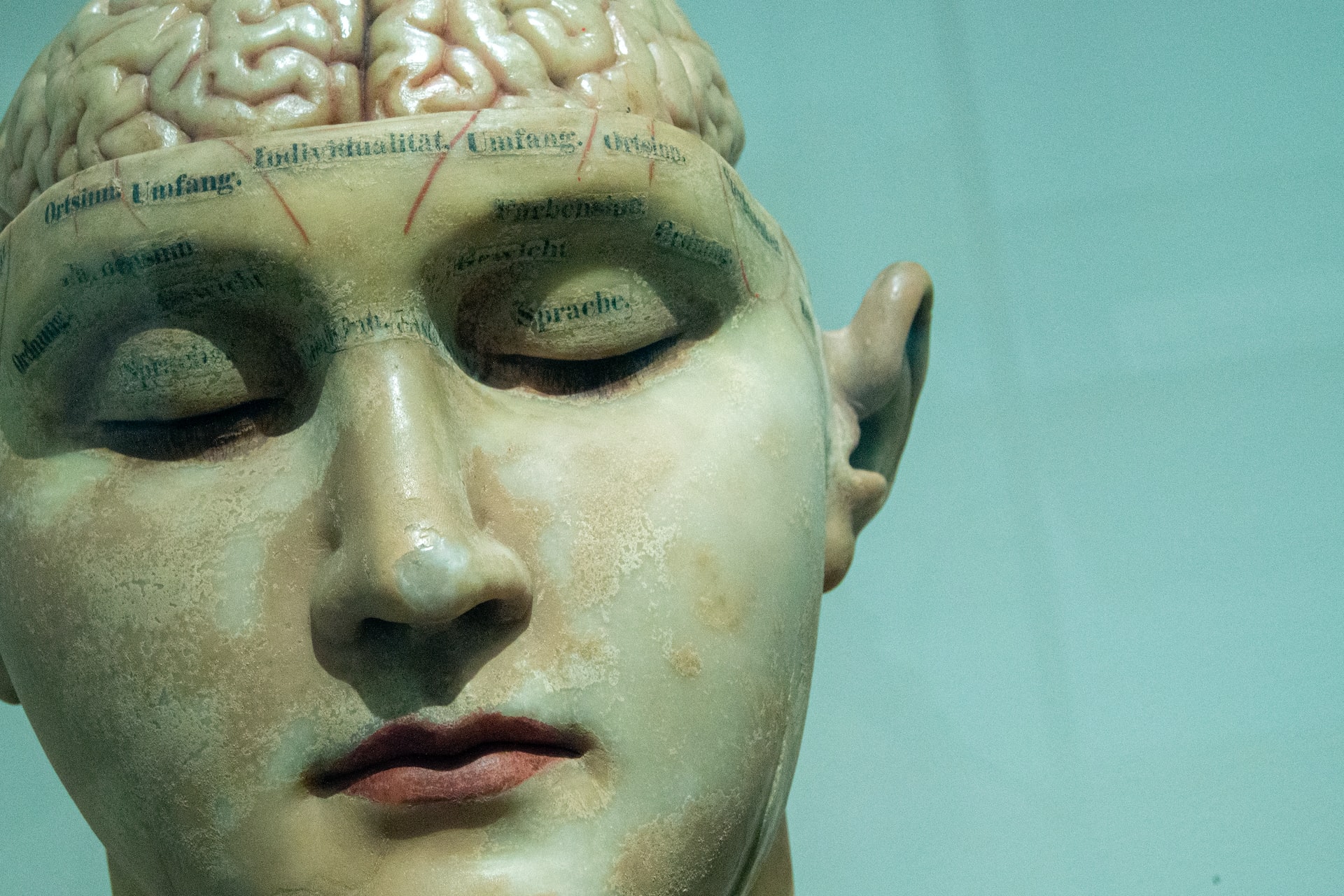Tell me about trem2 alzheimer
Alzheimer’s disease is a neurodegenerative disorder that affects millions of people worldwide, with symptoms ranging from memory loss to severe cognitive decline. Scientists and researchers have been tirelessly working towards finding a cure or treatment for this debilitating disease. In recent years, there has been growing interest in a protein called TREM2 (Triggering Receptor Expressed on Myeloid cells 2) and its potential role in Alzheimer’s disease.
So, what exactly is TREM2 and how does it relate to Alzheimer’s? Let’s dig deeper to understand the link between these two.
Firstly, TREM2 is a protein that is found on the surface of immune cells in the brain called microglia. Microglia are known as the “clean-up crew” of the brain, responsible for removing waste and toxic substances. They also play a crucial role in regulating inflammation in the brain.
Now, let’s talk about Alzheimer’s disease. It is characterized by the accumulation of two types of abnormal proteins in the brain – amyloid beta and tau. These proteins form clumps or plaques, which can disrupt the communication between brain cells and ultimately lead to their death.
Research has shown that mutations in the gene that codes for TREM2 have been linked to an increased risk of developing Alzheimer’s disease. This is because TREM2 is known to help microglia clear out these abnormal proteins and maintain a healthy brain environment.
In individuals with these mutations, TREM2 is not able to function properly, which can result in a build-up of toxic proteins in the brain. This can potentially lead to the development of Alzheimer’s disease.
Moreover, studies have also found that decreased levels of TREM2 in the brain may be associated with a higher risk of developing Alzheimer’s. In fact, researchers have found lower levels of TREM2 in the brains of people with Alzheimer’s compared to those without the disease.
So, what does this mean for the treatment of Alzheimer’s disease? Well, the research is still in its early stages, but scientists are hopeful that targeting TREM2 could potentially be a promising avenue for treatment.
One study conducted on mice with Alzheimer’s-like symptoms showed that increasing TREM2 levels in the brain helped improve memory and reduce amyloid beta plaques. This suggests that boosting TREM2 function could potentially slow down the progression of Alzheimer’s disease.
Additionally, a recent clinical trial tested a drug that targets TREM2 in people with mild to moderate Alzheimer’s disease. Although the results have not been published yet, the preliminary findings show promising outcomes.
However, it’s important to note that not everyone with Alzheimer’s has mutations in the TREM2 gene, and not all cases of Alzheimer’s can be attributed to decreased levels of this protein. Alzheimer’s is a complex disease, and it’s likely that multiple factors contribute to its development.
While the research on TREM2 and Alzheimer’s is still ongoing, it is a promising area of study that could potentially lead to new treatments or even prevention strategies.
In conclusion, TREM2 is a protein found in the brain that plays a crucial role in maintaining a healthy brain environment and removing toxic substances. Mutations in the gene that codes for TREM2 have been linked to an increased risk of developing Alzheimer’s disease. Low levels of TREM2 have also been found in the brains of people with Alzheimer’s. While more research is needed, targeting TREM2 could potentially be a promising avenue for treating or preventing Alzheimer’s disease.





